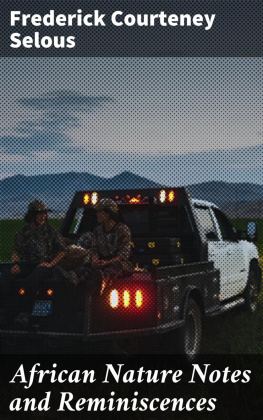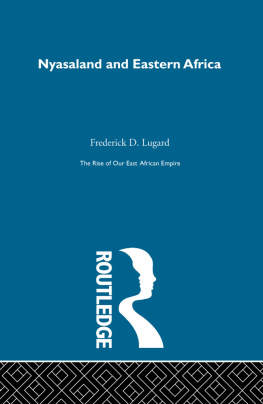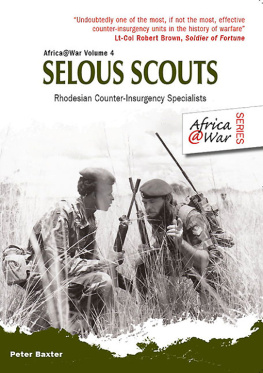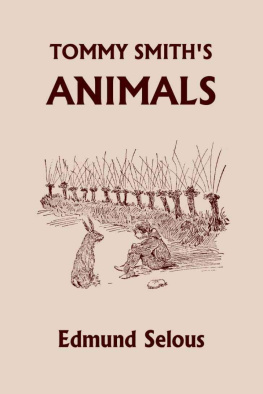Frederick Courteney Selous - African Nature Notes and Reminiscences
Here you can read online Frederick Courteney Selous - African Nature Notes and Reminiscences full text of the book (entire story) in english for free. Download pdf and epub, get meaning, cover and reviews about this ebook. year: 2020, publisher: Lector House, genre: Detective and thriller. Description of the work, (preface) as well as reviews are available. Best literature library LitArk.com created for fans of good reading and offers a wide selection of genres:
Romance novel
Science fiction
Adventure
Detective
Science
History
Home and family
Prose
Art
Politics
Computer
Non-fiction
Religion
Business
Children
Humor
Choose a favorite category and find really read worthwhile books. Enjoy immersion in the world of imagination, feel the emotions of the characters or learn something new for yourself, make an fascinating discovery.
- Book:African Nature Notes and Reminiscences
- Author:
- Publisher:Lector House
- Genre:
- Year:2020
- Rating:3 / 5
- Favourites:Add to favourites
- Your mark:
- 60
- 1
- 2
- 3
- 4
- 5
African Nature Notes and Reminiscences: summary, description and annotation
We offer to read an annotation, description, summary or preface (depends on what the author of the book "African Nature Notes and Reminiscences" wrote himself). If you haven't found the necessary information about the book — write in the comments, we will try to find it.
African Nature Notes and Reminiscences — read online for free the complete book (whole text) full work
Below is the text of the book, divided by pages. System saving the place of the last page read, allows you to conveniently read the book "African Nature Notes and Reminiscences" online for free, without having to search again every time where you left off. Put a bookmark, and you can go to the page where you finished reading at any time.
Font size:
Interval:
Bookmark:

| " Unfortunately, one of these terrific Blows, very probably the first aimed at the Leopard which seized the Calf, had struck the little Creature on the Loins and broken its Back " |
| FACING PAGE |
| " He had evidently been sitting or lying by a Fire when caught " |
| Plate showing Differences in the Development of the Mane in Lions inhabiting a comparatively small Area of Country in South Africa |
| " A picked Man of dauntless Heart would rush forward alone. " |
| " On the second Night they once more left it alone, but on the third they devoured it " |
| " Such old Buffalo Bulls were very slow about getting out of one's way " |
| Photographs of a Struggle between a Rhinoceros and a Crocodile : |
| No. 1. Shows the Rhinoceros holding its own, but unable to reach the bank |
| No. 2. Shows the Rhinoceros still struggling, but in deeper water |
| No. 3. Shows the Rhinoceros after it had turned round, and just before it got into deep water and was pulled under |
| " I knew it was a male Inyalathe first that my Eyes had ever looked upon " |
| " The Gemsbucks were now going at their utmost Speed, and when I had passed the Zebras were still sixty or seventy yards in front of me " |
| " My Gun-Carrier hurled another Lump of Burning Wood at our Visitor " |
| The Last of South Africa's Game Haunts |
Font size:
Interval:
Bookmark:
Similar books «African Nature Notes and Reminiscences»
Look at similar books to African Nature Notes and Reminiscences. We have selected literature similar in name and meaning in the hope of providing readers with more options to find new, interesting, not yet read works.
Discussion, reviews of the book African Nature Notes and Reminiscences and just readers' own opinions. Leave your comments, write what you think about the work, its meaning or the main characters. Specify what exactly you liked and what you didn't like, and why you think so.












